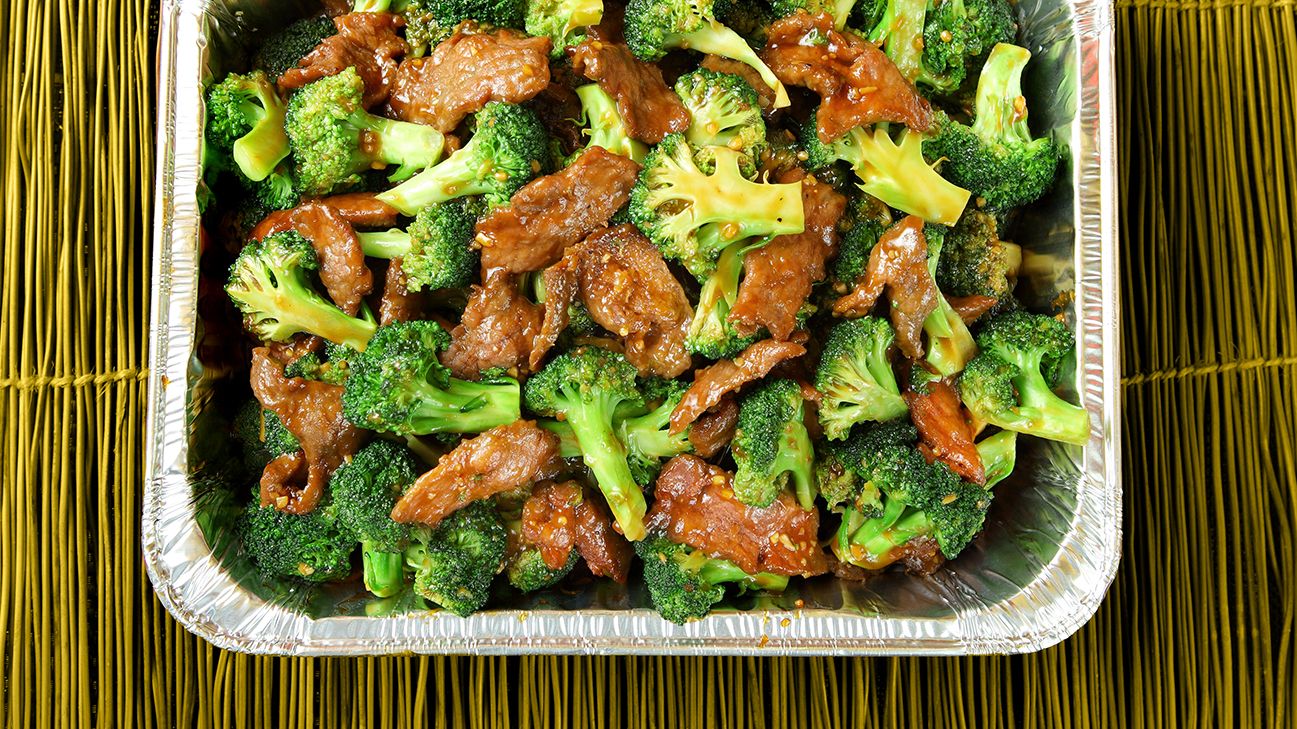Though protein deficiency is uncommon in the developed world, it’s still possible to be low in this nutrient. You might experience these symptoms from insufficient protein.
If you’re concerned you’re not getting enough protein in your diet, let us be the first to share some good news: Most Americans consume around 15% of their calories from this macro, making true protein deficiency rare in the U.S.
Still, that doesn’t mean protein deficiency never happens. Here are signs and symptoms to watch out for.

Protein is responsible for giving structure to your cells, creating hormones and enzymes, and building muscle. A deficiency means you’re not taking in enough to support your body’s needs. Your doctor can diagnose a protein deficiency by testing your blood for total protein, albumin (a specific protein), and the ratio of albumin to globulin (another protein).
These seven symptoms could be indicators that you’re not hitting your protein recommendations.
You might get swole… but not in a good way
When people become severely low in protein — a condition known as kwashiorkor — the body responds by removing water from blood vessels and sending it into tissues. The result: edema (aka swelling).
It’s worth noting, though that this symptom is highly unlikely in the developed world. Most cases of kwashiorkor occur in poverty-stricken regions of the world where people experience starvation.
Your appetite could go through the roof
Research shows that protein is the most satiating of the three macronutrients (protein, fat, and carbs). Don’t be surprised if you feel extra hungry when you’re not eating enough of it.
To keep yourself feeling full, try increasing your protein intake with foods like:
- chicken
- turkey
- eggs
- fish
- tofu
- beans
- nuts
- whole grains
You could land with a fatty liver
Especially in developing countries, low protein intake has been linked to fatty liver, a condition that can cause liver inflammation, scarring, and even liver failure. Though the mechanism behind this connection isn’t totally clear, research suggests that high-protein diets are more beneficial for fatty liver than low-protein diets.
Your skin, hair, and nails might suffer
Since protein provides the backbone for skin, hair, and nail cells, a deficiency can cause undesirable changes to these body parts. Brittle nails, thinning hair, and flaky skin may all indicate a need for more protein.
Your muscle mass might shrink
Protein builds muscle, so it only makes sense that you may have lower muscle mass when you’re deficient. In a 2022 study on nearly 16,000 adults, the prevalence of low muscle mass significantly increased with lower protein intake.
On the other hand, eating enough protein can boost muscle growth and strength. According to a 2018 study, protein intake promotes gains in lean body mass beyond what you’ll get with resistance exercise alone. (Though combining protein with strength training is the best way to build and tone muscles.)
You could risk bone fractures
When you think “protein,” muscle may be the first thing that comes to mind. But muscles aren’t the only body parts impacted by this macro. Protein deficiency also affects bones.
An older study found that protein deficiency caused marked bone mass deterioration, while 2019 research found that a higher protein intake was associated with reduced hip fractures in older people.
You might have a hard time fighting off infections
If you’ve ever had a serious infection, your doctor may have told you to load up on high-protein foods. That’s because protein is pivotal in the body’s immune defenses. The less protein in your system, the greater your susceptibility to infection.
Worried you’re not getting enough of the muscle-building macro? Ask your doctor to run a blood test. If you’re truly deficient, focus on getting more protein from lean meats, eggs, fish, beans, legumes, soy foods, and dairy products.

